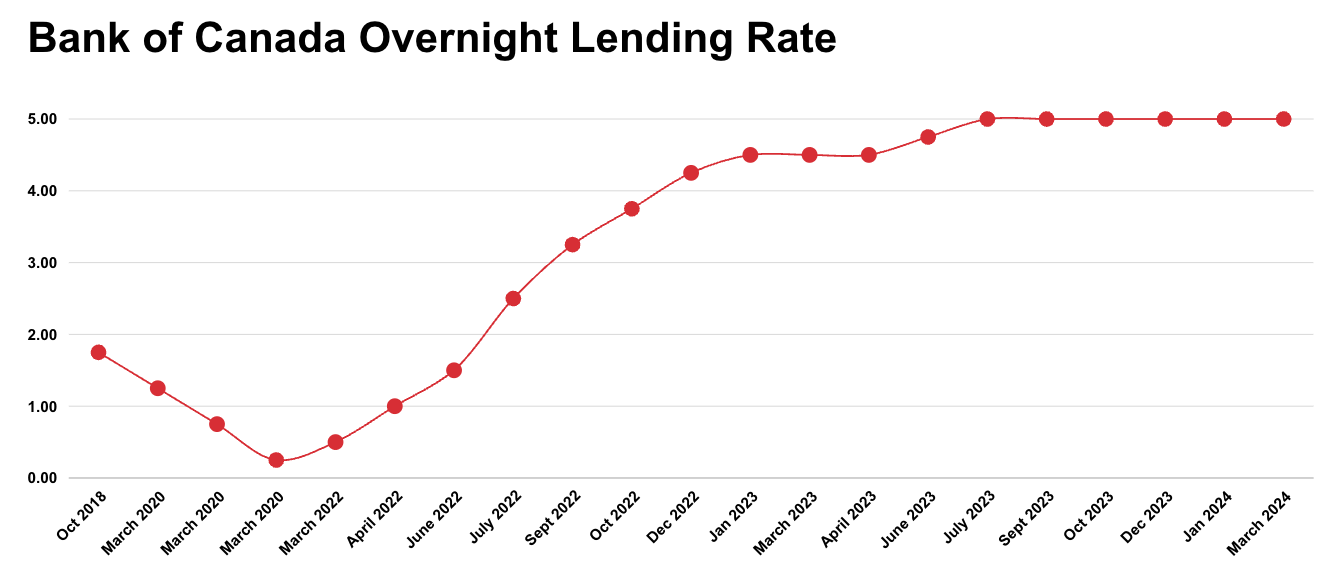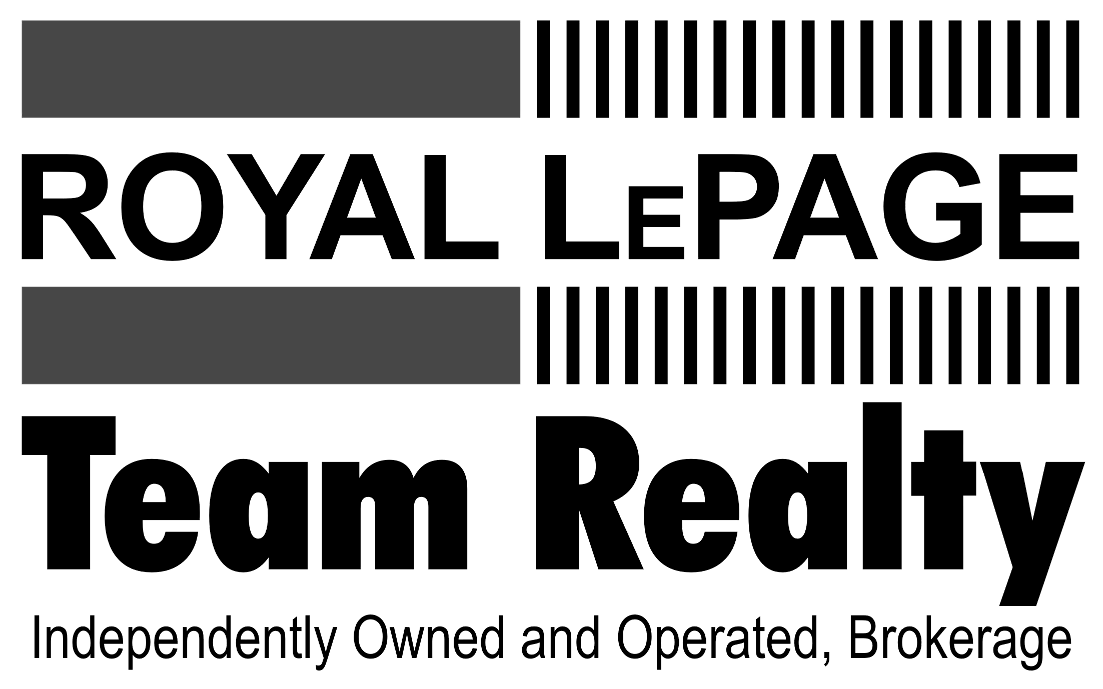Adjustable-rate mortgages (ARMs) present borrowers with a distinctive opportunity to leverage fluctuating interest rates, offering flexibility and potential cost savings over the loan's duration. Nevertheless, ARMs also entail inherent risks and uncertainties that borrowers should carefully weigh before opting for this mortgage type. This article delves into the advantages and disadvantages of adjustable-rate mortgages, aiding you in discerning whether an ARM suits your homeownership requirements.
Understanding Adjustable-Rate Mortgages (ARMs)
An adjustable-rate mortgage (ARM) is a home loan type wherein the interest rate remains unfixed for the loan's entirety. Instead, it fluctuates periodically based on changes in an index, such as the prime rate or the London Interbank Offered Rate (LIBOR). Typically, ARMs commence with an initial fixed-rate period, succeeded by adjustable-rate intervals where the interest rate can vary annually or at specified intervals.
The Pros of Adjustable-Rate Mortgages
-
Lower Initial Interest Rates: ARMs often initiate with lower interest rates compared to fixed-rate mortgages, appealing to borrowers seeking reduced monthly payments and potential savings during the initial fixed-rate phase.
-
Potential for Lower Payments: Should interest rates decrease or remain stable, ARM borrowers may experience decreased monthly payments during adjustable-rate periods, enhancing affordability and cash flow flexibility.
-
Short-Term Ownership Benefits: ARMs can prove advantageous for borrowers planning to sell or refinance their homes within a few years, allowing them to capitalize on the lower initial interest rates while avoiding prolonged exposure to interest rate fluctuations.
-
Rate Caps and Limits: Most ARMs incorporate rate caps and limits, constraining the extent to which the interest rate can fluctuate during each adjustment period and throughout the loan's lifespan. This provision offers borrowers a level of protection against significant rate changes.
The Cons of Adjustable-Rate Mortgages
-
Interest Rate Risk: The primary drawback of ARMs lies in the uncertainty surrounding future interest rate movements. If interest rates surge substantially during the adjustable-rate periods, borrowers may face heightened monthly payments and increased financial strain.
-
Payment Shock: Swift increases in interest rates can result in payment shock for ARM borrowers, causing a sudden and substantial rise in monthly mortgage payments that may prove challenging to afford, particularly for borrowers with fixed incomes.
-
Budgeting Challenges: The variable nature of ARM payments can pose challenges in budgeting and financial planning, necessitating borrowers to accommodate potential changes in housing expenses over time.
-
Long-Term Costs: While ARMs may offer lower initial interest rates, borrowers holding onto their mortgages for extended durations might end up paying more in interest over the loan's lifespan if interest rates soar during adjustable-rate periods.
Is an ARM Right for You?
Determining whether an adjustable-rate mortgage aligns with your homeownership needs hinges on various factors, including your financial situation, risk tolerance, and future plans. Reflect on the following questions:
-
Are you comfortable with the possibility of fluctuating interest rates and payments?
-
Do you intend to reside in your home for an extended period or consider selling/refinancing within a few years?
-
How do prevailing interest rate trends and economic conditions influence your decision?
-
Have you thoroughly assessed and comprehended the terms, features, and risks associated with the ARM product?
Ultimately, reaching out to a qualified mortgage advisor or financial planner can provide invaluable support in assessing your options and deciding whether an ARM aligns with your financial goals and preferences. Don't hesitate to contact us for a list of our trusted mortgage advisors and financial planners who can assist you further.






















.png)
